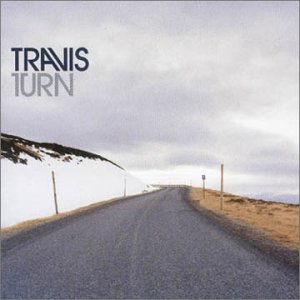“Hyperlinks” are probably the single most important thing on the World Wide Web. They are, after all, what the “web” is woven from; they are what makes it something more than the document retrieval systems that came before.
And yet, some people seem to do their utmost to make all the hyperlinks in their documents entirely useless. Here are my Top 10 Things Not To Do with Links…
- Don’t have any. Refer to other websites by name, mention other blog posts, but leave your article entirely unlinked to the outside world, as though you’ve scanned it in from a typewriter.
- Don’t include any links or footnote markers in the main text, but at the end of the page have a long “useful links” section, sorted alphabetically by URL.
- Only ever link to homepages of other sites, never the article you’re talking about. (( Back in the 90s, this was widely approved behaviour – people thought of the web as a collection of distinct websites, each with its own front door, and “deep linking” was considered a menace. They were wrong. )) It’s also important not to mention the exact title of the article, or your readers would be able to find it too easily.
- Make your links invisible until hovered over, so that your article becomes a point-and-click adventure where readers have to guess where links might be.
- When hovered over, make your links fade into the background, to test your readers memory skills.
- Automatically link random words in the middle of unrelated sentences because it’s good for SEO. Make these look identical to genuinely useful links so that readers learn to ignore all inline links on your site (see point 1).
- Use advertising software that automatically picks
 keywords out of your text to turn
keywords out of your text to turn into fake links which pop up an advert on top of the whole page when hovered over.
into fake links which pop up an advert on top of the whole page when hovered over. - Install code that pops up a “preview” of any link the reader hovers over. This should preferably be easy to activate by mistake, incredibly slow to load

 , and too small to be in any way useful.
, and too small to be in any way useful. - In a sentence which refers to a particular article, put the link not around the article reference, but around other parts of the sentence, crossing between clauses so that the link text makes no grammatical sense.
- Link every word in the text to a different page, making sentences unreadable. (( Thank you Wikipedia for both the inspiration and implementation for this example. ))
Number 8 is the bane of the web and could bring about the reintroduction of gallows.
I’m not sure if the link to SpecGram in #9 is an insult, because we do that when we shouldn’t, or a compliment, because we offer much that makes no grammatical sense (but in a good way). Please enlighten us. We may be guilty of #1, but that’s only because most of our content has been scanned from typewritten pages.
Hi Trey, the link was very much intended to be complimentary – I thought links to dummy pages would be a bit dull, so decided to reward those who explored them with corners of the web that I have enjoyed. It didn’t actually occur to me that it might be interpreted in the way you mean, so apologies for any inadvertent offence. :)